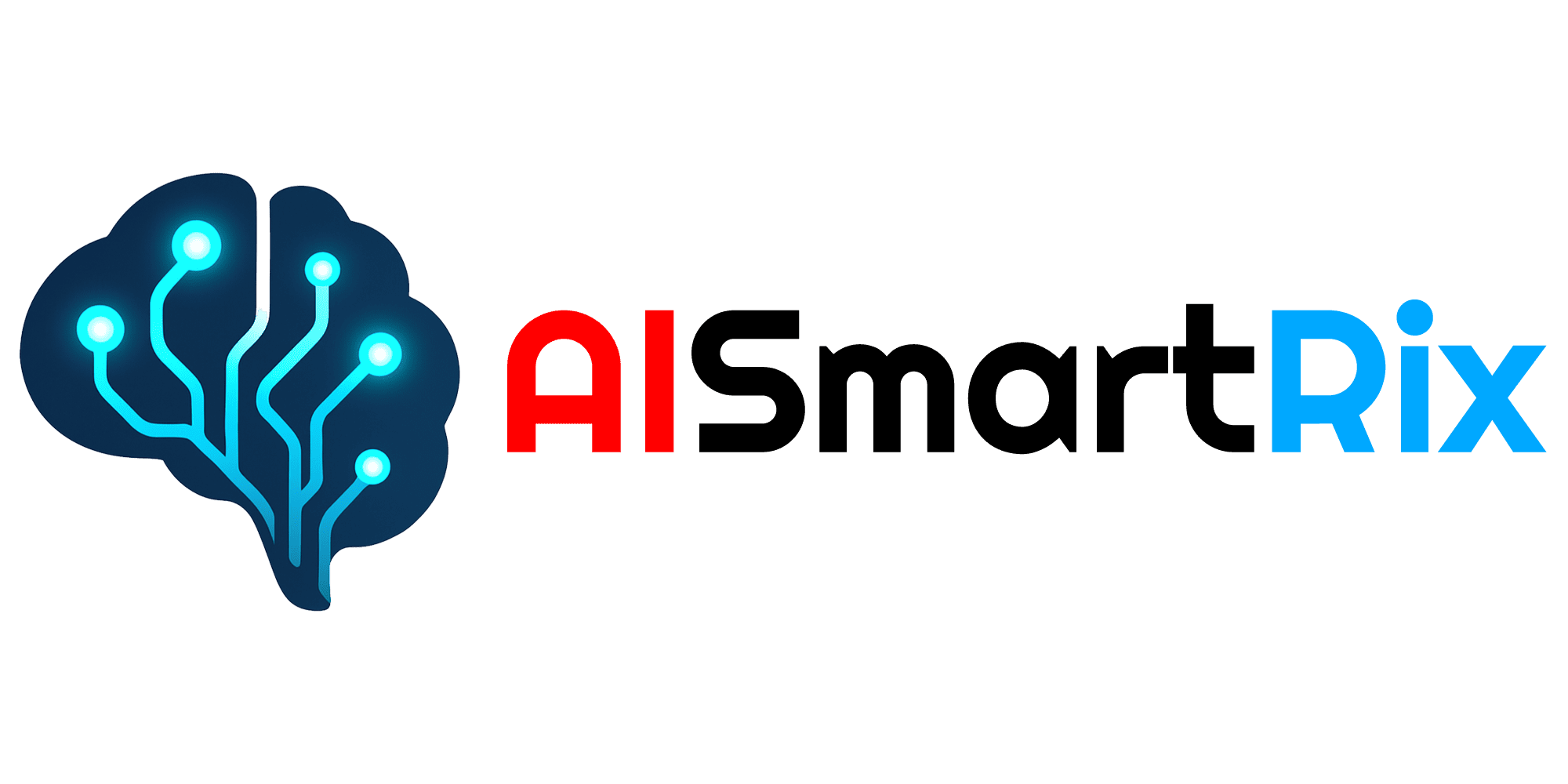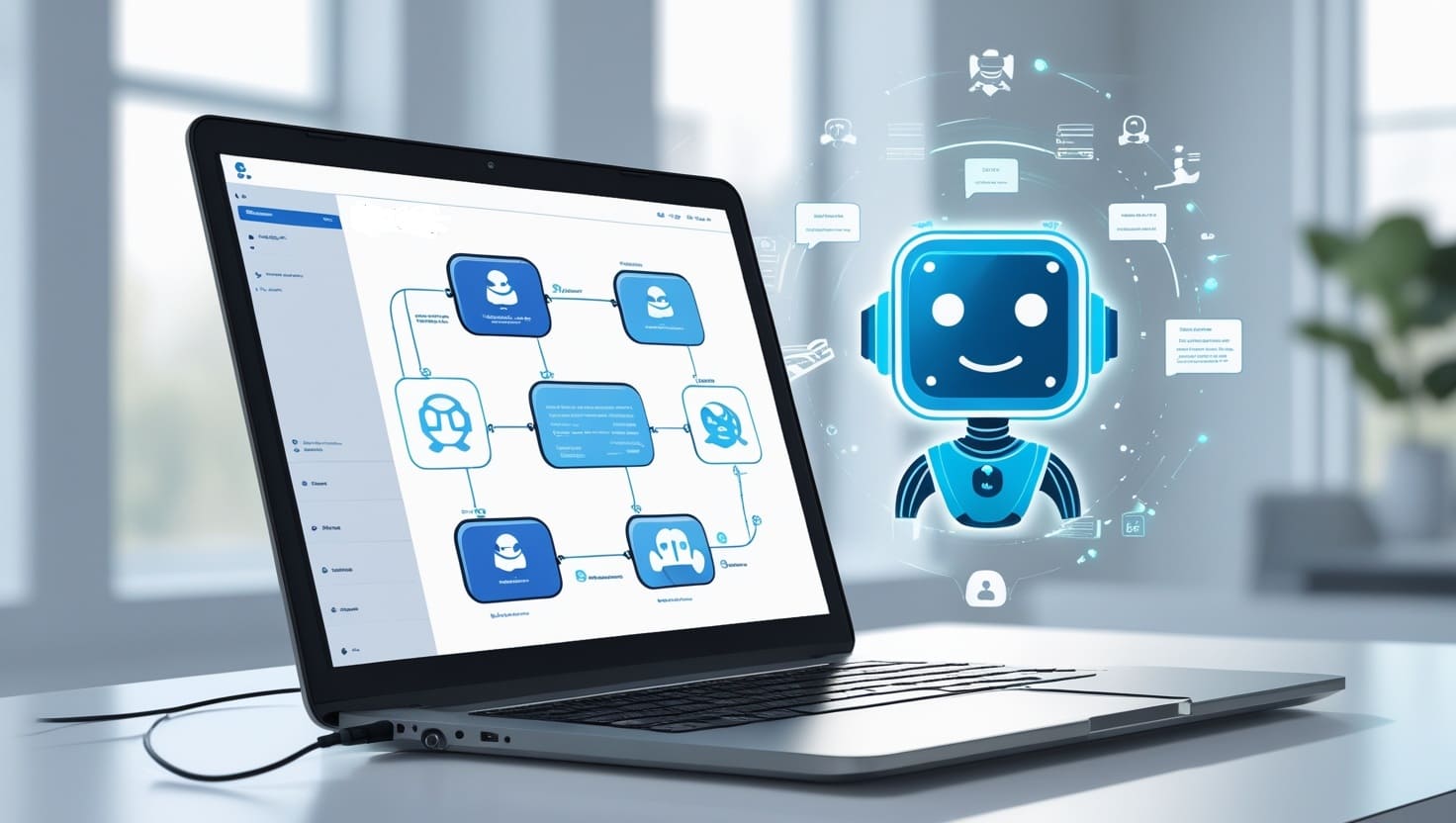In 2025, chatbots are no longer a futuristic luxury — they are a core part of online communication. From websites and mobile apps to messaging platforms and voice assistants, AI-powered chatbots are helping businesses, content creators, and even individuals automate conversations, support users, and drive engagement.
But here’s the good news: you no longer need to be a programmer to build a chatbot. Thanks to powerful no-code platforms, you can now create intelligent, conversational bots with just a few clicks.
In this guide, we’ll walk you through everything you need to know to build your own AI chatbot — without writing a single line of code.
Why Build an AI Chatbot?
AI chatbots are revolutionizing how we interact with technology by:
- 🤖 Automating customer service and FAQs
- 🛍️ Assisting with product recommendations
- 📈 Collecting leads and boosting conversions
- 📅 Scheduling appointments and reminders
- 🧠 Offering 24/7 personalized support
Whether you’re a small business, solopreneur, educator, or developer, chatbots can save you time, money, and stress.
Step 1: Define the Purpose of Your Chatbot
Before jumping into any platform, clarify:
- ✅ Who is the chatbot for? (customers, students, users?)
- ✅ What will it help them with? (support, education, booking?)
- ✅ Where will it live? (your website, WhatsApp, Messenger?)
- ✅ What tone should it use? (professional, casual, fun?)
Having a clear purpose ensures your chatbot delivers real value.
Step 2: Choose a No-Code AI Chatbot Platform
Here are some of the most popular no-code chatbot builders in 2025:
1. Tidio
- Easy drag-and-drop interface
- Live chat + AI bot combo
- Ideal for small businesses and e-commerce
2. Landbot
- Visually stunning flow builder
- Works on websites, WhatsApp, and Messenger
- Offers GPT integration
3. Chatfuel
- Powerful AI features
- Facebook Messenger and Telegram focused
- Pre-built templates for quick start
4. ManyChat
- Designed for marketing automation
- Seamless integration with Instagram & Facebook
- Visual builder with AI tools
5. Botpress (No-Code Mode)
- Open-source platform with no-code UI
- Great for complex workflows
- GPT-powered natural language understanding
Most platforms now offer GPT, Claude, or custom LLM integrations, so your chatbot can converse naturally and understand user intent.
Step 3: Design Your Chatbot Conversation Flow
Use visual editors to build your conversation logic. Common flow components include:
- Welcome Message: Greet the user and ask what they need
- Quick Replies: Provide buttons to guide users
- FAQs: Answer frequent questions using AI or static replies
- Forms: Collect emails, phone numbers, or survey responses
- Custom Flows: Conditional logic based on user answers
Tip: Use friendly, natural language and break long messages into smaller chunks for better engagement.
Step 4: Add AI Capabilities (Natural Language Understanding)
Most no-code platforms allow you to:
- 🔍 Train your bot to recognize intents (e.g., “book appointment”)
- 📚 Upload documents, FAQs, or knowledge bases to power responses
- 🤖 Integrate with GPT-based tools for human-like answers
- 🧠 Use machine learning to improve over time (automated learning)
Some tools even offer voice AI, allowing users to talk to your bot through voice commands.
Step 5: Personalize the Experience
To increase engagement, your chatbot should:
- 👤 Address users by name
- 📍 Use location-based services (if needed)
- 🕒 Respond based on time of day (e.g., “Good morning!”)
- 🛍️ Remember user preferences across sessions
- 📦 Offer dynamic content (e.g., latest products, services)
AI personalization helps your chatbot feel more human and helpful.
Step 6: Test and Train Your Bot
Before going live:
- ✅ Test every flow and message
- ✅ Simulate different user inputs and errors
- ✅ Train your AI with additional examples
- ✅ Set fallback messages (“Sorry, I didn’t understand that.”)
- ✅ Ensure it’s mobile and desktop-friendly
Many platforms offer chat analytics so you can monitor how users interact and improve weak areas.
Step 7: Deploy Your Chatbot
Once tested, deploy your chatbot on:
- 🌐 Your website via widget or popup
- 📱 Messenger, WhatsApp, or Instagram DMs
- 🖥️ Desktop apps or internal tools
- 📧 Email/chat integration for support teams
You can also connect it to CRMs, Google Sheets, or Zapier for workflow automation.
Use Cases for No-Code AI Chatbots
- 💬 Customer Support: Handle 80% of inquiries instantly
- 🛒 E-Commerce Sales: Recommend products based on preferences
- 📅 Appointment Booking: Automate calendar scheduling
- 🧑🎓 Education: Tutor bots for online courses
- 💼 HR & Onboarding: Guide employees through company policies
- 🎯 Lead Generation: Qualify visitors and collect emails
- 🧠 Mental Health & Coaching: Guided journaling or reflection bots
Advantages of No-Code AI Chatbots
- ⚡ Fast to build and launch
- 🧠 AI provides smart and contextual replies
- 💰 Lower cost than hiring developers
- 🔄 Easy to update and scale
- 📈 Increases user satisfaction and retention
- 🔒 Most platforms offer built-in security and privacy compliance
Challenges to Consider
- ❌ Free plans may limit AI usage
- ❌ Over-reliance on templates can reduce personalization
- ❌ Training the AI takes time and testing
- ❌ Poor design can confuse or frustrate users
- ❌ Not all platforms support multi-language by default
Always start with a clear use case, then scale with user feedback.
Final Thoughts
Building an AI-powered chatbot without coding is now a practical reality for individuals, businesses, and creators alike. With the right tools and a bit of planning, you can launch a smart, helpful, and human-like chatbot that automates tasks, supports users, and boosts engagement — all without writing a single line of code.
Have you tried building a chatbot without coding? What would you use yours for? Let us know in the comments!





